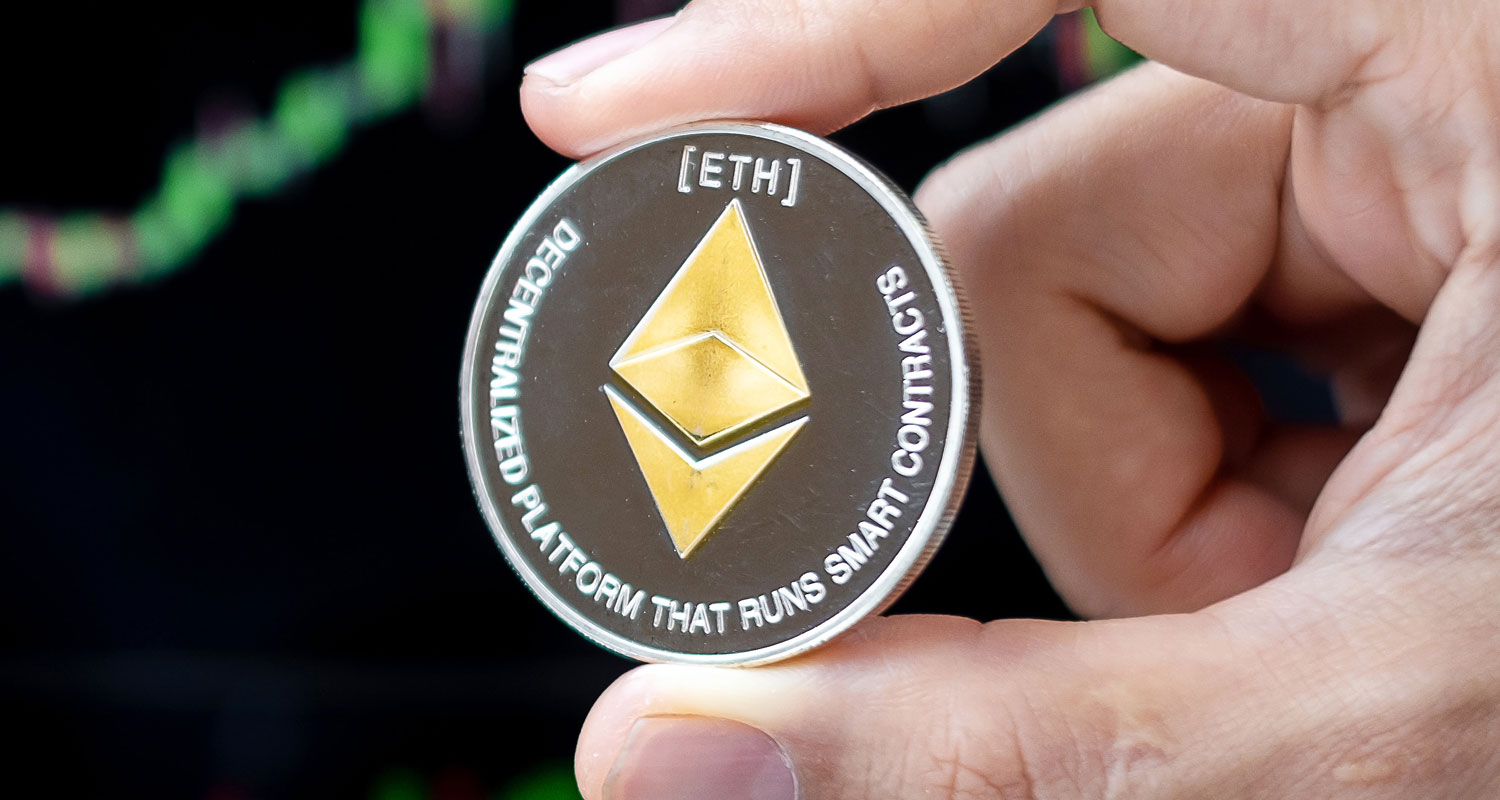 Bitcoin’s been called a lot of things. Buzzy, beguiling, baffling, even bogus. But never boring. Yet, of late, it’s been eerily subdued.
Bitcoin’s been called a lot of things. Buzzy, beguiling, baffling, even bogus. But never boring. Yet, of late, it’s been eerily subdued.
The king of the swingers has been uncharacteristically treading water for days at around US$20 000 and hasn’t ventured far beyond that since June.
That spells trouble for traders and exchanges that profit from bitcoin’s wild price lurches, and is opening the door to its archrival ether, which is preparing to up its crypto game by moving to a meaner and leaner blockchain.
“Bitcoin is not dead, it’s just boring at the moment, so traders are already looking for alternatives,” said Martin Leinweber, digital asset product strategist at MarketVector.
Bitcoin’s average 30-day volatility — a measure of how its price varies over a set period of time — has slumped to 2.7% from over 4% in early July, according to data firm Coinglass.
That number has stayed firmly below 5% in 2022, even in the most turbulent months of the “crypto winter” of depressed prices — a departure from the past five years when even periods of lower volatility were followed by spikes as high as 7%.
Similarly, an index from CryptoCompare, which uses bitcoin futures contracts to work out how far prices are expected to change, stands at just over 77, down from above 90 at the start of the year.
Bitcoin has seen periods of reduced volatility in the past, often during periods of depressed or falling prices, with its price swings often coming back as trading activity picks up.
This slump may be different, though.
Decreased volatility
“This has been a relatively long period of decreased volatility; it’s now beyond anything we’ve seen in even 2019 where these levels lasted around a quarter to a quarter-and-a-half,” said Stéphane Ouellette, CEO at crypto derivatives provider FRNT Financial.
Leinweber at MarketVector pointed to an uptick in trading for ether and its derivatives as a side-effect of bitcoin’s subdued volatility. Indeed, the price of ether — the number-2 crypto with a market cap of roughly $190-billion versus bitcoin’s $380-billion — has risen 50% since the start of July while bitcoin has been flat.
Ether doesn’t offer more price drama; it is far less volatile, with its highest level being just over 2% in March 2020 during the worst of the Covid market rout, according to data firm Messari.
Yet it is soaking up a lot of the crypto buzz at the moment as it stands on the verge of its “Merge”, expected to finally happen later this month, when it undergoes a radical shift to a system where the creation of new ether tokens becomes far less energy intensive.
For longer-term investors in traditional assets such as stocks or bonds, narrower swings in prices may seem like a positive. But for many investors and major cogs in the bitcoin and crypto economy, that’s not the case. Exchanges, for instance, make money by charging fees on trades; when volatility falls, trading activity tends to evaporate.

For crypto hedge funds, which tend to trade on swings in price, stabler values also offer diminishing chances to profit.
So, what’s behind bitcoin’s fall in volatility? For one, an investor flight from the broader crypto space, meaning fewer people are willing to trade their coins.
Cryptocurrencies have endured a torrid year as investors have dumped risky asset across the board in the face of rising inflation, with bitcoin falling about 60% and ether dropping 55%. Major blow-ups at two major coins and the bankruptcy of a big-name lender have also eroded confidence in the sector.
The dollar value of bitcoin trading volumes on major exchanges over a seven-day period has fluctuated between $127-million and $142-million, according to data from Blockchain.com, the lowest levels since October 2020. Similarly, trading in bitcoin futures is at its lowest levels since November 2020, data from the Block showed.
“The most elevated levels of volatility typically coincide with the greatest levels of interest in crypto,” said Ouellette added. “People got burned and are saying ‘I don’t really care about crypto right now’.” — Lisa Pauline Mattackal, (c) 2022 Reuters




